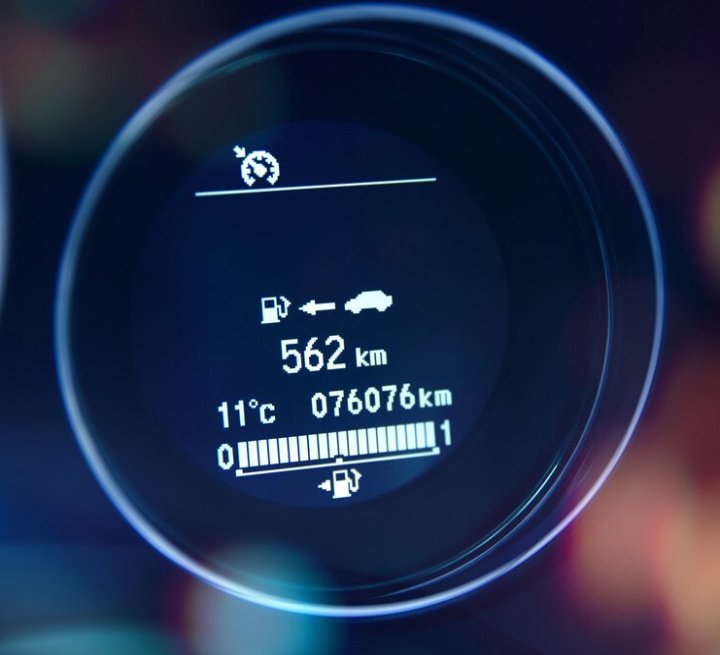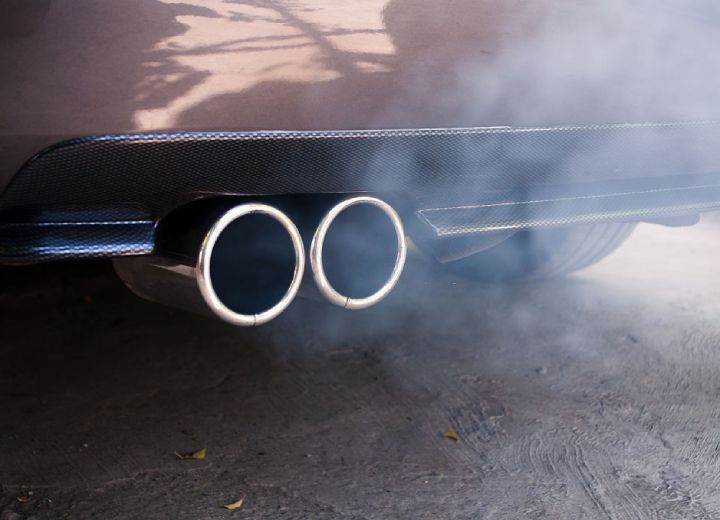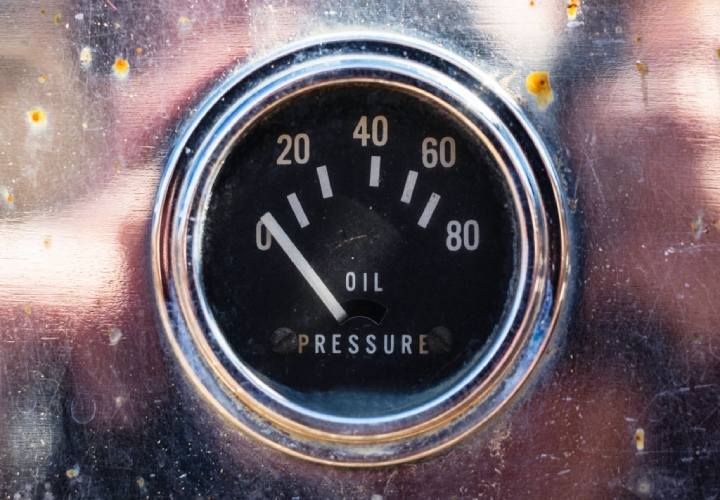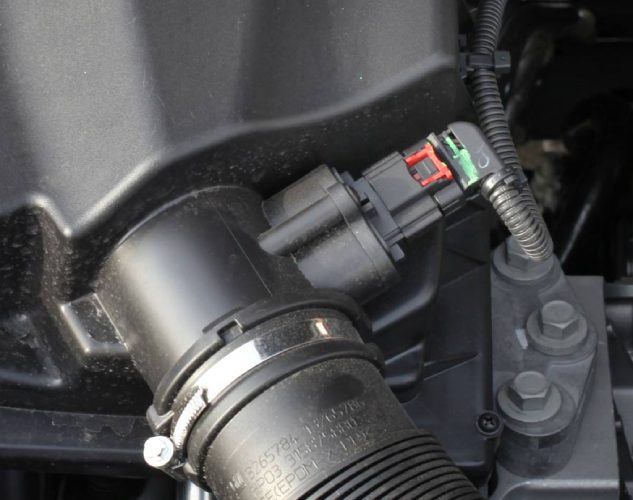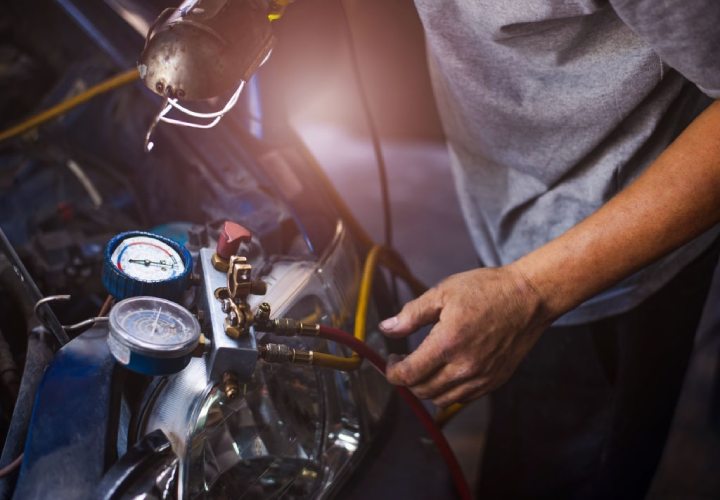The LS3 is a V8 small block engine manufactured by Chevrolet in 2008 and used across different models of its cars up until 2017.
Here is a rundown of the cars that have the LS3 engine:
- Chevrolet Corvette 2008 – 2013
- Pontiac G8 GXP 2009
- Chevrolet Camaro SS 2010 – 2015
- Jesen Interceptor R 2011
- Chevrolet SS 2014 – 2017
Engine Specs
It has a displacement of 6.2L, and at 5,900 rpm, the engine could generate up to 430 hp and about 425 Ib-ft torque at 4,600 rpm. The LS3 is naturally aspirated, and the engine block is fabricated with aluminum.
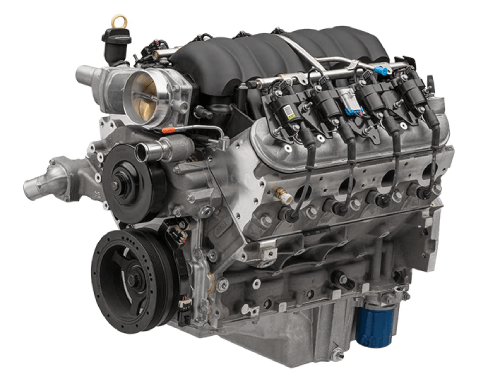
This makes the engine light and able to dissipate heat faster. The six bolts and cross-bolted main caps provide additional strength to the structure. Inside the block are steel crankshaft and connecting rods with high-strength aluminum-alloy pistons.
Described as modern muscle, the LS3 combines high-level performance, efficiency, and durability.
The LS3 was launched with the 5th Gen Corvette and remained the standard engine for the Corvette and the Camaro SS.
Common problems with the LS3 engine
The LS3 has a few common problems that are often a result of age and usage. These include oil leaks and burning oil
.According to most users, oil leakage is a common problem of the LS3 that occurs at the oil pan gasket. However, it doesn’t appear on all LS3 engines, but the Chevrolet Camaro seems to be a victim of this problem.
Re-torquing the oil pan bolts worked for some users. However, it is just a temporary fix. A more permanent fix will involve replacing the silicone seal around the oil pan gasket before torquing. But this should be done by an experienced mechanic to avoid creating more problems.
On the other hand, burning oil is not a problem specific to LS3 alone. Most engines burn oil after a while, often caused by worn-out rings, seals, or oil valves. What matters most is how long it takes before you notice that the oil is lower than it should be.
If it is a new LS3 engine with low mileage, then burning oil could indicate a bigger problem, but for LS3 engines with considerable mileage (80,000 miles and beyond), it is normal to see the oil drop with time.
Is the LS3 a reliable engine?
Yes, the LS3 is still a very reliable engine for three reasons; it costs less than most engines in its class, is fuel-efficient, and still delivers massive power.
The high-flow cylinder heads of the LS3 work to match the high-flow intake manifold to ensure adequate airflow within the engine. It also comes with an advanced 58X ignition system for accurate ignition timing.
The crankshaft ring and sensor provide precise information on the crankshaft position, which helps the engine control module adjust the ignition timing with more precision. If you’re looking for an engine that will last for a while, the LS3 is a reliable bet.
According to most users, it takes between 150,000 to 200,000 plus miles before any major repair is needed.
Of course, this will depend on usage, and if or not you perform regular maintenance, still, the numbers are impressive. It also responds well to mods. So if you are looking for speed, longevity, durability, economy, and performance, the LS3 ticks all the boxes.
LS1 vs. LS3: Side-by-side comparison
Here is a short side-by-side comparison to the LS1. As you would expect, the LS3 looks better on paper, and the improvements made by GM also feel in real life.
| LS1 | LS3 | |
| Displacement | 5.7l | 6.2L / 376 c.i.d. |
| Flow numbers | 244 cfm intake, 206 cfm exhaust | 293 cfm intake, 244 cfm exhaust |
| HP | 305-350 HP @ 5600 RPM | 426-436 HP @ 5900 RPM |
| Compression Ratio | 10.2:1 | 10.7:1 |
| Torque Rating | 335-365 ft./lbs. | 420-428 ft./lbs. |
| Material | Aluminum – Semi-Permanent Mold | Aluminum |
| Bore Diameter | 3.898 inch | 4.065 inch |
| Stroke | 3.622 inch | 3.622 inch |
| Deck Height | 9.240 inch | 9.240 inch |
| Bore Spacing | 4.400 inch | 4.400 inch |
| Cost | Starting from $2,000 used | Starting from $5,000 used |
LS2 vs. LS3: Side-by-side comparison
Here is a short side-by-side comparison to the LS2. As you would expect, the LS3 looks better on paper, and the improvements made by GM also feel in real life.
| LS2 | LS3 | |
| Displacement | 6.0L / 364 c.i.d. | 6.2L / 376 c.i.d. |
| Flow numbers @ .700-in | 260 cfm intake, 218 cfm exhaust | 293 cfm intake, 244 cfm exhaust |
| HP | 390-395 HP @ 6000 RPM | 426-436 HP @ 5900 RPM |
| Compression Ratio | 10.9 : 1 | 10.7:1 |
| Torque Rating | 400 ft./lbs. | 420-428 ft./lbs. |
| Material | Aluminum | Aluminum |
| Bore Diameter | 4.000 inch | 4.065 inch |
| Stroke | 3.622 inch | 3.622 inch |
| Deck Height | 9.240 inch | 9.240 inch |
| Bore Spacing | 4.400 inch | 4.400 inch |
| Cost | Starting from$3,000 used | Starting from $5,000 used |
Related content: What Cars Have the B58 engine?
Are LS3 and LS7 heads the same?
The short answer is NO. But before I go into the details, here’s some information about the LS7 engine. LS7 is also a fourth-generation V8 small block engine manufactured by Chevrolet in 2006.
The LS3 and LS7 are both designed using aluminum blocks, but the LS7 has a higher displacement (7.0 liters vs. 6.2 liters), a higher compression ratio (11.0:1 vs. 10.7:1), and a larger bore and stroke (4.125×4 inches vs. 4.065×3.622 inches) than the LS3.
The cylinder head is where most of the magic happens, which is why the LS7 trumps the LS3 when it comes to raw power. The cylinder head on the LS3 has a combustion chamber of 68-cc while the LS7 has a slightly larger combustion chamber of 70-cc.
This allows the LS7 to have slightly larger intake valves than the LS3. The intake valves are where the air-fuel mixture is introduced into the engine. The diameter of the intake valve on the LS7 is 2.20 inches, while that of the LS3 is 2.165”.
So what this means is that the LS7 has more air-fuel mixture (270 cc in LS7 vs. 257 cc in LS3) coming into the engine. Combine this with the high compression ratio of the LS7, and you get superior firepower.
For comparison, the LS7 generates up to 505 HP and 470 lb-ft torque while the LS3 generates 430 hp and 425 lb-ft of torque as stock engines.
Related: What cars have a 2JZ engine
How much horsepower can you get out of an LS3?
The 430 HP of the LS3 engine is impressive, but that is not to say you can not get more out of this engine. One of the advantages of the LS3, like many other LS engines, is that it can be modified. So if you are not satisfied with the output of your stock LS3, you can also throw in a few Mods that can increase its power by more than 100 hp.
Two things you can do to achieve this power are changing the cam timing and the cylinder head on the LS3. This should give you up to 574 hp and 520 ib-ft of torque, and installing a supercharger can get it even closer to 800 hp.
However, you should be careful since the LS3 has a maximum recommended RPM of 6,600. Going beyond this could put too much stress on the engine.
Cost of the LS3 engine
The cost of an LS3 engine will vary depending on its condition. Used LS3 engines start from around $5,000 on eBay, but they can go as high as $16,000, depending on the upgrades.
Final Note
The LS3 advantage is that it is not only durable but also swappable. You can still get a brand new one for around $8,000 to $11,000; if that is way beyond your budget, a used LS3 will do just fine.
As you have seen in this article, they are among the best LS engines from Chevrolet and are well known to be durable and long-lasting.
LS3 Engine Specs: Performance, Bore & Stroke, Cylinder Heads, Cam Specs & More
Iliah is the co-founder of Mechanic Ask, where he writes detailed step-by-step tutorials for repairs and mods. He also posts videos walking through things like engine swaps, suspension lifts, and tuning chips. Iliah uses his blog as an educational resource for car enthusiasts based on the knowledge he’s gained from 15 years as an ASE-certified master technician. His repair manuals provide even novice readers the confidence to take on big projects.

